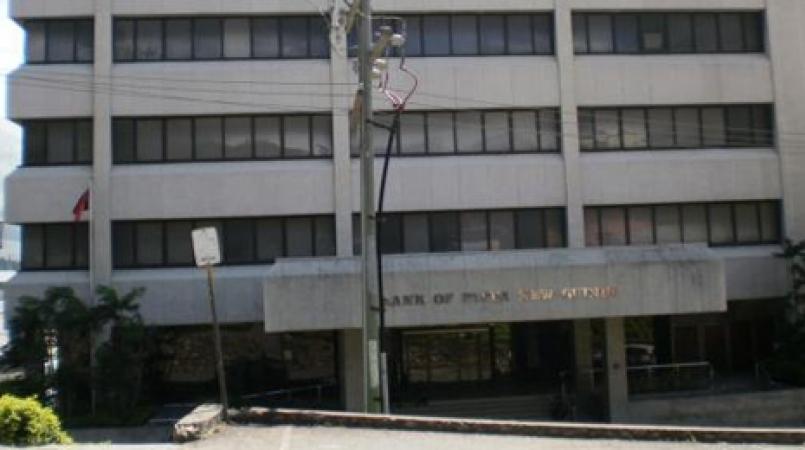
A balance of payment surplus of K350 million was recorded in 2017 compared to a surplus of K30 million in 2016.
This is attributed to improvements in commodity prices and higher production of most of PNG’s major exports, mainly from the mineral sector, contributing to higher growth in 2017, than the previous year.
This is stated in the Bank of PNG’s Quarterly Economic Bulletin for December 20017.
According to the report, this outcome is a result of higher surplus in the current account, which more than offset a deficit in the capital and financial account.
Governor Loi Bakani said the weighted average kina price of Papua New Guinea’s exports, excluding Liquefied Natural Gas (LNG), increased by 14 percent in 2017, from 2016.
The higher kina export price reflected improved international prices for most of PNG’s export commodities, combined with the effect of the depreciation of the kina against the US dollar.
The capital and financial account recorded a deficit of K19,506 million in 2017, compared to a deficit of K16,203 million in 2016, was due to outflows in direct, portfolio and other investments reflecting equity outflow from liquidation of investments, short term money market investments offshore and build-up in foreign currency accounts of mineral companies, respectively.
The report also states that the level of gross foreign exchange reserves at the end of December 2017 was K5,461.2 (US$1,717.5 ) million, sufficient to cover 5.9 months of total and 9.7 months of non-mineral imports.
Governor Bakani noted that taking into consideration the easing of inflation, stability in the exchange rate and lower imported inflation from PNG’s trading partners, the Central Bank maintained a neutral monetary policy stance by keeping the Kina Facility Rate unchanged at 6.25 percent over the December quarter of 2017. The dealing margins for the Repurchase Agreement (Repos) were maintained at 100 basis points on both sides of the KFR.
Meanwhile, in an overview of developments in the December Quarter for 2017, the bulletin stated that:
- Increased foreign exchange inflows combined with intervention from the Central Bank, assisted in improving the availability of foreign currency in the domestic market.
- A decline in the employment level in 2017 and lower sales by the non-mineral private sector for the nine months to September were indicative of low activity in the non-mineral sector.
- The stability of the kina against the US dollar over the year to September before depreciating in the December quarter contained the effect of the exchange rate pass-through to domestic inflation.
- This, combined with lower prices of seasonal items resulted in easing of the annual headline inflation to 4.7 percent in the December quarter of 2017.
- Taking into consideration the macroeconomic conditions and movement in prices, the Bank maintained a neutral monetary policy stance by keeping the monthly Kina Facility Rate (KFR) at 6.25 percent throughout 2017.
